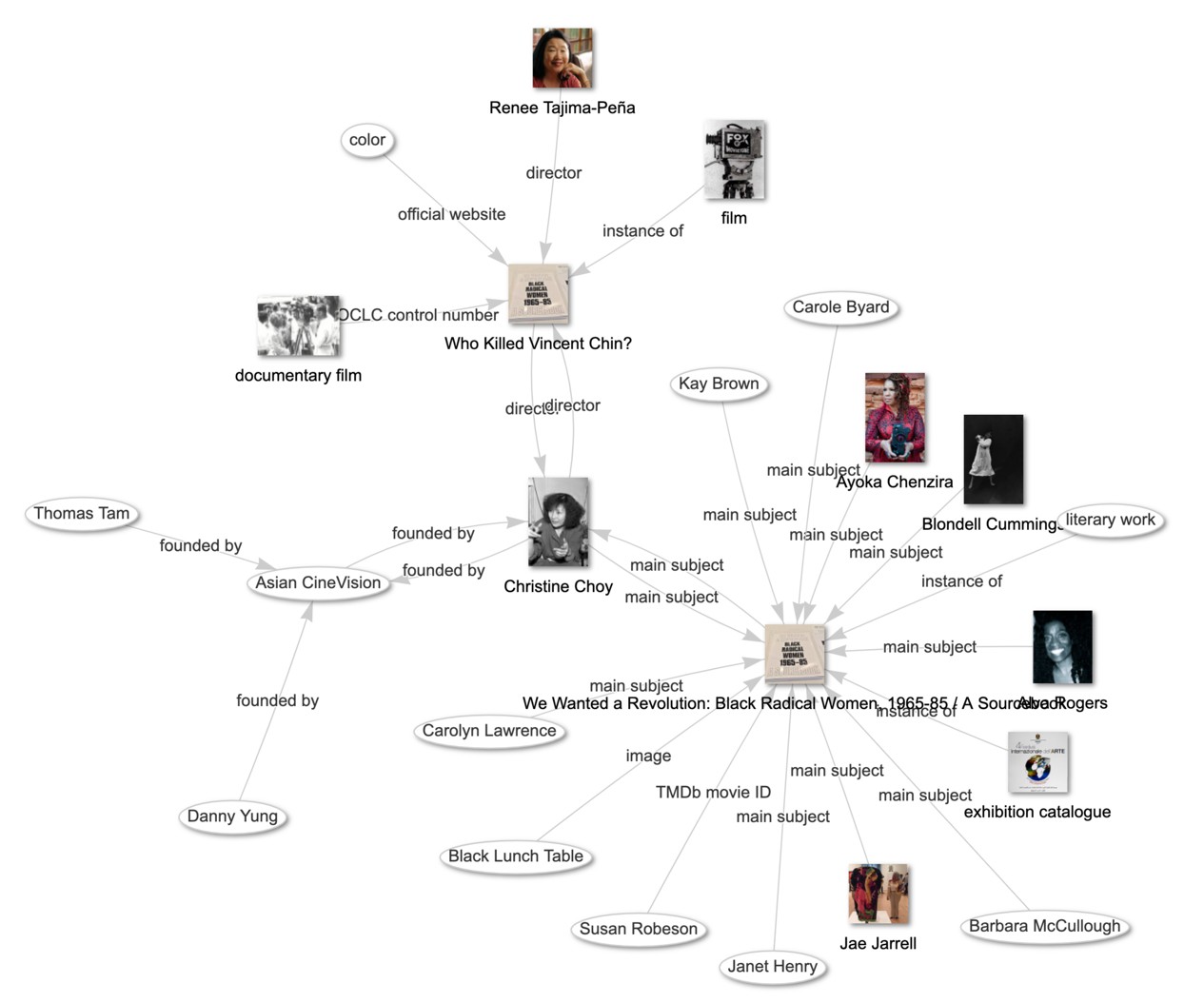Gigabyte Unveils CXL R5X4 Card: 512GB of Amped RAM for Workstations and AI
GIGABYTE AI Top CXL R5X4 Card: A Revolution in Workstation Memory
Introducing the GIGABYTE AI Top CXL R5X4 Card
Card Launch: GIGABYTE recently announced the launch of its new AI Top CXL R5X4 RAM expansion card, which relies on the advanced CXL (Compute Express Link) technology. This card is specifically designed to meet the needs of professional workstations that require ultra-high memory capacities to process massive datasets, especially in AI applications and complex model training.
CXL Technology: Compute Express Link (CXL) is an open cache-coherent interconnect standard based on the PCIe physical layer. This technology enables high-speed, low-latency communication between processors, expanded memory units, and accelerators, while maintaining memory consistency between the CPU's memory space and memory residing on connected devices. CXL aims to enable memory expansion and pooling, enhancing performance and increasing resource utilization efficiency in heterogeneous computing environments, such as AI data centers and high-performance computing. Source (Published: December 03, 2024). Source (Published: August 06, 2025).
Card Features and Design
Targeting Powerful Systems: What distinguishes the GIGABYTE AI Top CXL R5X4 card is its targeting of powerful desktop systems, unlike traditional CXL solutions that were exclusive to servers. This card is compatible with high-performance motherboards such as TRX50 AI TOP and W790 AI TOP. The card connects directly to the Processor via a PCIe 5.0 x16 slot, providing immense capacity to add up to 512GB of DDR5 Registered Memory. The card supports four 128GB DDR5 RDIMM ECC memory modules, ensuring superior stability and performance.
Engineering Design: The AI Top CXL R5X4 card boasts a superior engineering design, built on a 16-layer High-Density Interconnect (HDI) Printed Circuit Board (PCB), ensuring unparalleled stability and reliability even under maximum data loads. To ensure maximum efficiency, the card includes an integrated cooling system with a built-in AIO fan, and is expected to rely on a controller such as the Microchip PM8712 for effective data flow management. Given its high capabilities, the card requires additional power via an 8-pin connector, confirming it is designed as a robust solution beyond a simple traditional upgrade.
Performance and Expected Cost
Specific Compatibility: Thanks to these advanced features, the GIGABYTE AI Top CXL R5X4 card is classified within the server solutions category, but it is specifically designed and adapted to meet the requirements of professional workstations. It is important to note that the compatibility of this card is limited to GIGABYTE motherboards, and even within this category, not all PCIe slots support CXL technology; for example, the PCIEX16_4 slot on the TRX50 AI TOP motherboard does not have the necessary specifications to support this technology.
Performance and Cost: This CXL memory expansion card is expected to bring a performance leap for professionals relying on powerful workstations or video editing computers, providing enormous RAM capacity that enables seamless processing of complex projects, high-resolution graphic assets, special effects workflows, and AI-powered rendering tasks. Although GIGABYTE indicates a lower Total Cost of Ownership (TCO) compared to traditional server solutions, the need for DDR5 ECC memory modules, specific compatibility requirements, and the advanced design of the card all suggest that the price of this card will be high.
What is a Knowledge Graph?

Benefits of Using Knowledge Graphs

Use Cases for Knowledge Graphs

Building a Knowledge Graph

